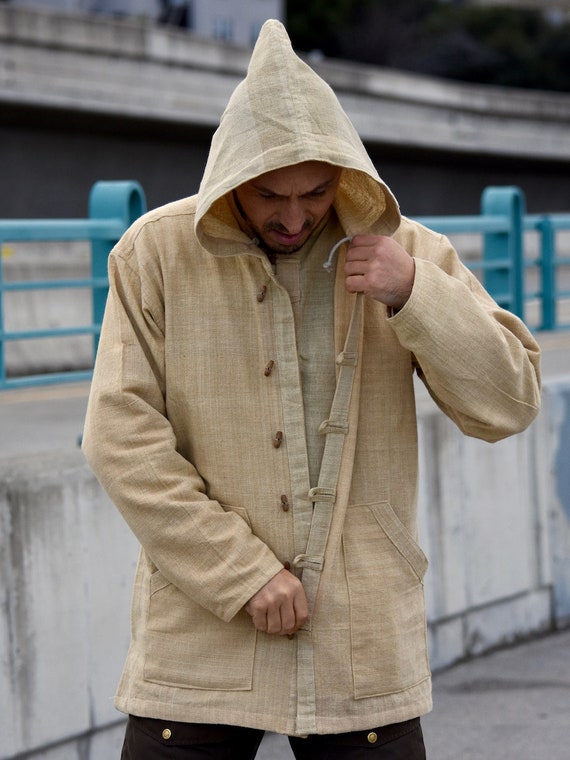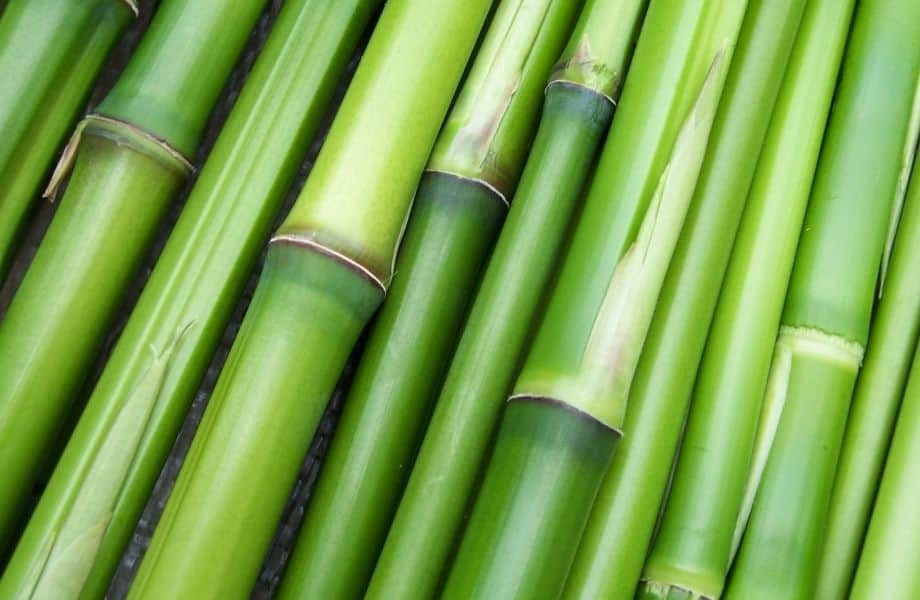Best Ideas For Selecting Hemp Clothing
Wiki Article
What Are The Advantages That Hemp Clothing That Is Low Impact Has For The Environment.
Low impact fabric hemp clothing provides several environmental benefits over clothes made of synthetic fibers and cotton. Hemp clothing comes with numerous environmental benefits. It is a rapid-growing crop that uses less water, pesticides, or herbicides compared to other crops. Hemp thrives in all climates. It also is able to adapt to different soil kinds.
Hemp uses less water compared to cotton. Cotton is known for its high water usage. It makes hemp a green alternative for clothing.
Hemp is able to grow without pesticides and herbicides. In a lot of cases, this reduces the environmental impact of chemical farming.
Hemp cultivating can improve soil quality due to its roots that are deep-rooted. This aids in preventing erosion and compaction of soil. The soil is also left in better shape to allow future crops to flourish.
Biodegradability Hemp fibers are biodegradable and break down over time. They can reduce the impact on the environment of textiles. Synthetic fibers such as polyurethane could take many years to decompose.
Lower Carbon Footprint - The production of hemp fibers results in an overall lower carbon footprint compared to synthetic materials. Additionally, hemp is able to absorb carbon dioxide during its growth, and serve as carbon storage.
Hemp clothing is durable and can last for many years. The best hemp clothing will last for an extended time, decreasing the requirement to replace them regularly.
Natural Pest Resistance Hemp plants have natural resistance to many pests, reducing the need for chemical methods to control pests.
Hemp is a versatile material that has a variety of applications in textiles, including bags, clothing, accessories and many more. It is an eco-friendly and versatile choice for fashion and textiles.
Regenerative agriculture- Some sustainable farming methods integrate hemp into regenerative agricultural systems which aim at restoring and improving ecosystems as well as generating plants. This approach could have positive environmental effects.
It is important to remember that, while hemp can offer several environmental advantages but the sustainability of clothing depends also on a variety of factors, including transport, dyeing methods and consumer habits, for example. In addition, as in every other field manufacturing standards and practices are subject to change. To ensure you're getting the greatest environmentally friendly benefit, choose organic hemp clothing that is sustainable and organic. Have a look at the recommended lowest price for hemp clothes for blog recommendations including hoodlamb jacket, hemp t shirts wholesale, hemp shorts mens, afends jesse dress, wholesale hemp fabric, jungmaven t shirt, hemp pants, patagonia iron forge pants, hemp apparel fabric, hemp yoga clothes and more.

What Is It That Gives Hemp Fibers Their Breathable, Moisture Wicking And Thermoregulatory Properties?
Hemp fibers are breathable, thermoregulatory, and moisture-wicking characteristics due to their distinct chemical and structural properties. These characteristics are a result of the following elements. Microscopical structure Hemp is distinguished by being a porous, hollow fiber that lets air flow within it. Hemp textiles are highly breathable because of their inherent porosity. The structure is weaved into fabric to allow air to pass through. This improves airflow and prevents heat and moisture from accumulating on the skin.
Hemp Fibers adsorb moisture and Wicking Hemp fibres are hydrophilic. That means they are affixed to water. They also absorb moisture easily. Hemp fibers can remove moisture or sweat from your body, eliminating the sensation of being wet. Hemp fibers can also draw water away from your body by dispersing the moisture over large areas, which allows it to evaporate faster. When you are exercising or in hot temperatures, this capability to wick away moisture ensures you stay dry and comfortable.
Hemp fibers have natural thermal regulation properties. They can trap the body's heat when it's cold, thereby providing warmth. In the summer, they let excess heat and moisture escape and help you to cool down. Due to this thermoregulatory property, hemp clothing can be used for different conditions and temperatures.
Hemp fibers are naturally antimicrobial properties that prevent the growth of bacteria that cause odor. This contributes to the freshness and odor resistance of hemp clothing.
Durable and Long-Lasting- Hemp fibers are strong and long-lasting, which means hemp clothing can withstand frequent wear and washing without losing its flexibility or ability to wick moisture away. This durability extends the lifespan of hemp garments, reducing the need for replacements and in turn, reduces the environmental impact.
UV Protection Hemp Fibers offer natural UV protection for skin to protect it from harmful UV radiation. Hemp clothing is flexible because of its UV-blocking properties. It's ideal for activities outdoors.
It is important to note that the properties of hemp are intrinsic and not dependent on additives or chemical treatment. Hemp's natural properties make it an eco-friendly and a comfortable fabric, particularly for activewear, outdoor clothing and warm weather clothes. In addition, these attributes are maintained even when hemp fibers are processed and weaved into fabric that make them an ideal choice for eco-friendly and functional clothing. View the top straight from the source for hemp clothes for blog tips including hemp button shirt, hemp tees wholesale, hemp shirts wholesale, patagonia hemp work pants, hemp jeans mens, hemp swimsuit, 100 hemp t shirt, hemp clothing near me, hemp trousers, hemp boxer shorts and more.

What is the difference between bamboo and hemp fibers?
There are numerous differences between hemp and bamboo and bamboo, as well as their distinct characteristics. Here are a few of the main distinctions between bamboo fiber and hemp fibre- 1. Plant Source-
Hemp- Hemp fibres are made from the outer bast of the stalks. Hemp is a multi-purpose and quick-growing plant that has been cultivated for different uses over the centuries.
Bamboo fibers- Bamboo fibers are obtained from the pulp from the bamboo plant. Bamboo is a fast-growing species of grass, renowned for its quick renewal and endurance.
2. Fiber Characteristics
Hemp Fibers- Hemp's fibers are highly durable and strong. They are strong natural fibers that become softer and softer after washing, making them suitable to make long-lasting textiles.
Bamboo fibers can be silky and soft. While they might not be as sturdy as hemp fibers and may be more fragile in some cases, their comfort to the skin is highly appreciated.
3. Texture and Feel
Hemp- Hemp has a somewhat coarse texture, particularly when it is in its natural state. It can be very cozy, but it has a completely different texture than bamboo.
Bamboo fabric is silky-smooth and extremely soft. It is often compared to the combination of silk and twill. This makes it very comfy.
4. Breathability, Moisture Wicking, and Breathability
Hemp- Hemp is naturally and breathable. Hemp also absorbs water. They can keep your body dry and cool in hot weather.
Bamboo fibers are also able to absorb humidity and are highly air-tight. Micro-gaps within the fabric increase the ability of bamboo to regulate moisture and temperature which allows you to remain comfortable under varying conditions.
5. Environmental Impact-
Hemp Hemp is regarded as an eco friendly fiber, because of its fast growth, minimal water requirements and resistance to insects which means that it is less necessary to apply pesticides. Hemp can also absorb carbon through its growth process.
Bamboo- Bamboo is known for its sustainability. It grows rapidly, requires less water and is able to be grown without synthetic herbicides or pesticides. Some bamboos are regarded as sustainable, like Moso bamboo.
6. Processing-
Hemp Fibers- Hemp fibers undergo a lot of processing that will be required to separate the bast that is outside from the wood core. Processing may include retting or decortication, as well as mechanical separation.
Bamboo Fibers of bamboo are generally produced through a chemical procedure called the rayon or viscose process. It involves using chemical substances to degrade the bamboo fiber. Closed-loop systems can be used to eliminate the chemical waste from certain bamboo textiles.
7. Versatility-
Hemp- Hemp is versatile and has many uses, including clothing, building materials, textiles, and more.
Bamboo- Bamboo is typically used for clothing and textiles. However, it can be found in various other items like bed linen and towels.
Both bamboos and hemps have advantages when it comes to sustainable and distinctive qualities. The choice between them is based on the qualities you look for in a fabric and also your preference for the environment. Follow the top rated bamboo clothes for blog examples including bamboo pants, bamboo chafing shorts, short sleeve bamboo pajamas, kate quinn bamboo, bamboo yoga leggings, bamboo yoga trousers, boody bamboo underwear, lisa frank bamboo pajamas, bamboo t shirts mens, men bamboo boxer shorts and more.
